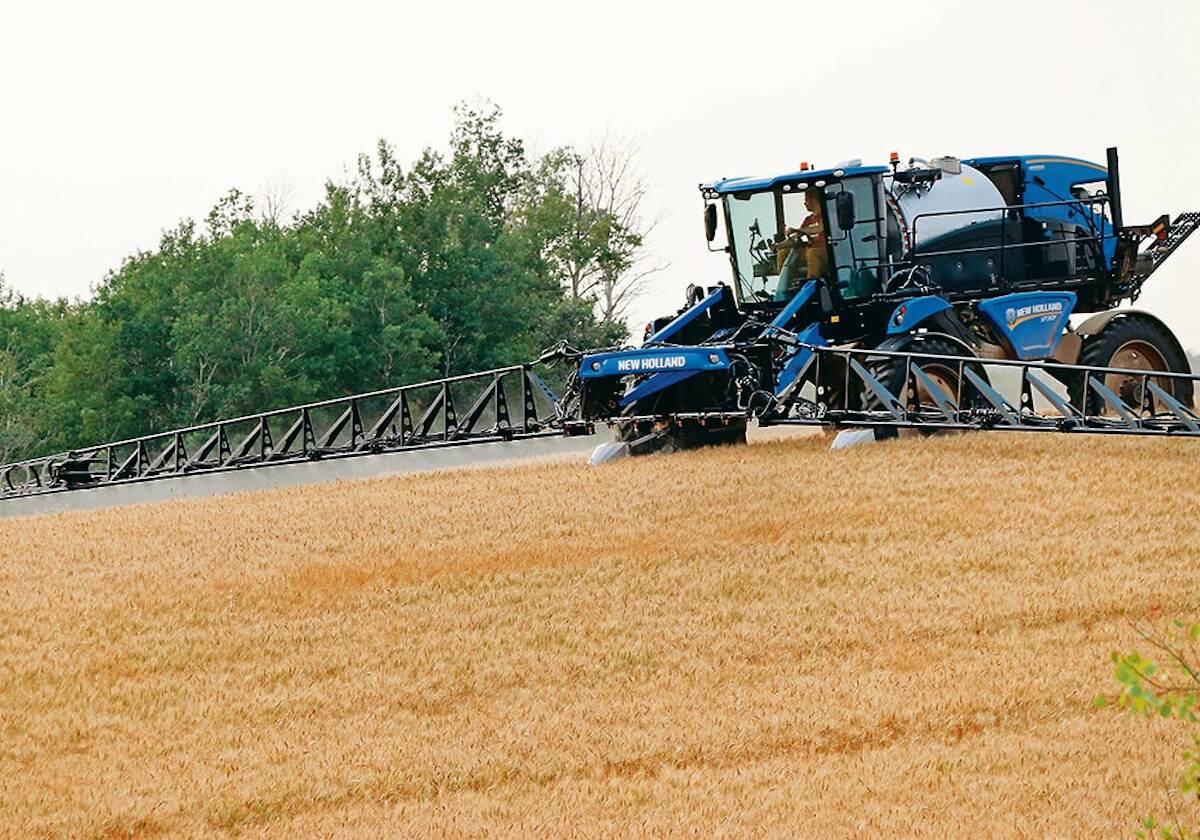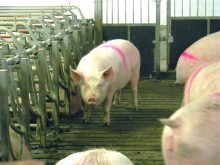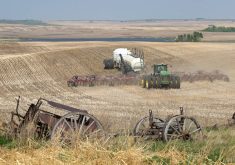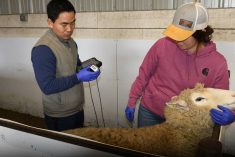“This could be the demise of livestock marketing as we know it today.”
– BOB PERLICH, LETHBRIDGE
Ever since the federal government announced 2011 as the deadline for a national livestock traceability system, Canada’s cattle industry has insisted the technology at auction markets isn’t up to the task.
A new study agrees that radio frequency identification (RFID) readers at Canadian auction markets cannot scan cattle eartags at the necessary rate of accuracy.
The study conducted for the Livestock Markets Association of Canada found the average accuracy rate for reading eartags is 93 per cent, with a weekly range from 91 to 94 per cent. An industry benchmark is 95 per cent.
Read Also

Farming still has digital walls to scale
Canadian farms still face the same obstacles to adopting digital agriculture technology, despite the years industry and policy makers have had to break them down.
SPECIAL STEPS
A higher accuracy rate is possible, but special steps would be needed to reach it, said Donna Henuset, project manager for the Canadian Cattle Identification Agency, which carried out the study.
“To achieve a higher read accuracy, additional measures will be required, which may have an impact on speed of commerce, business process and costs,” Henuset told LMAC’s May 29 annual convention in Winnipeg.
The study is part of a two-phase research project to evaluate the feasibility and cost of cattle traceability at auction markets. The first phase looked at the accuracy and efficiency of RFID readers. Phase 2 will incorporate special software into market computer systems to read cattle numbers and send the information to CCIA’s database.
The study appears to bear out industry claims that traceability will be a financial burden on auction markets.
It estimates the total capital costs of installing the equipment at $8.6 million. Annual costs of maintaining the systems are estimated at nearly $2.6 million.
That’s not counting the cost for software and computer upgrades, which could be even greater.
ALLEY SYSTEMS
The study examined two single, two dual and five wide alley systems at auction markets during an 11-week test period between Oct. 1 and Dec. 20, 2009. It scanned over 144,000 cattle in 31,376 groups.
The study found the single file system most accurate for reading tags. But it took longer and was hardest on the cattle.
Cattle moved through wide alleys more easily but the read accuracy rate was lower.
The effect of traceability on the ability to move cattle quickly and efficiently is a great concern among livestock auction market owners, said Mike Fleury, LMAC’s outgoing president.
“If we’re going to devise a system that’s going to interfere with our speed of commerce and labour, add cost and slow down process, that has to affect our industry and our business,” said Fleury, co-owner of Saskatoon Livestock Sales.
Concerns about traceability dominated discussion at the LMAC meeting, with some warning it could destroy their industry.
“This could be the demise of livestock marketing as we know it today,” said Bob Perlich of Perlich Brothers Auction Market Ltd. in Lethbridge, Alberta.
MORE TIME NEEDED
Fleury wouldn’t go that far. But he did say his industry needs more time to adapt to incoming traceability requirements.
“We’re very strong on the fact that we need to get this process done properly and it’s got to be analyzed properly. If that’s going to take time, we need to allow that time to happen.”
Fleury said his association is not against traceability but feels Ottawa is telling the industry to implement it without providing the tools for it.
LMAC will send letters to its members describing the study’s findings and asking for their reaction.
Brian Nilsson, co-owner of Nilsson Bros. Inc., Canada’s largest cattle auction market in Clyde, Alberta, downplayed the 2011 deadline, saying the government knows it’s not achievable.
“A government deadline is not a government deadline. It is a suggested time frame,” Nilsson told the meeting. [email protected]


















